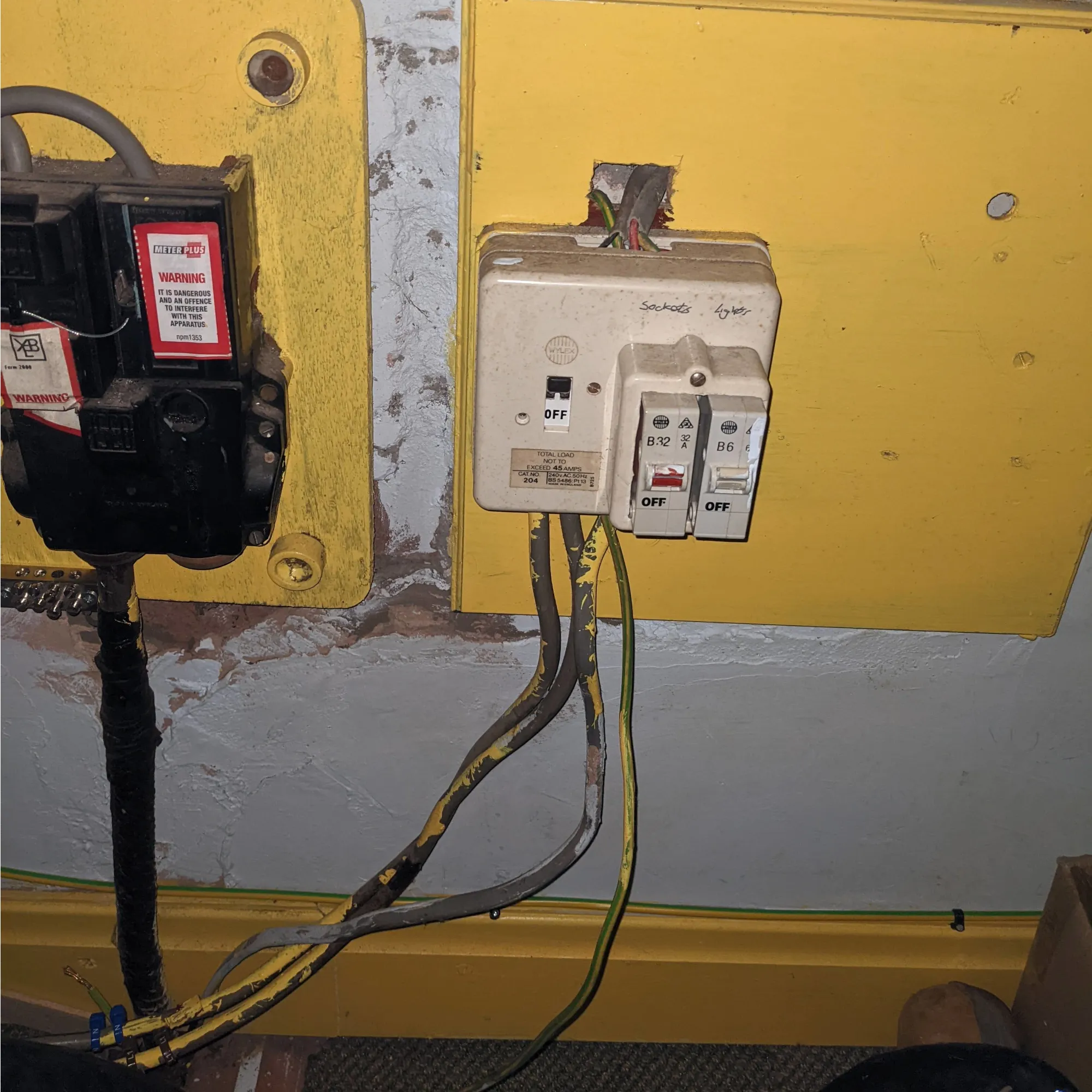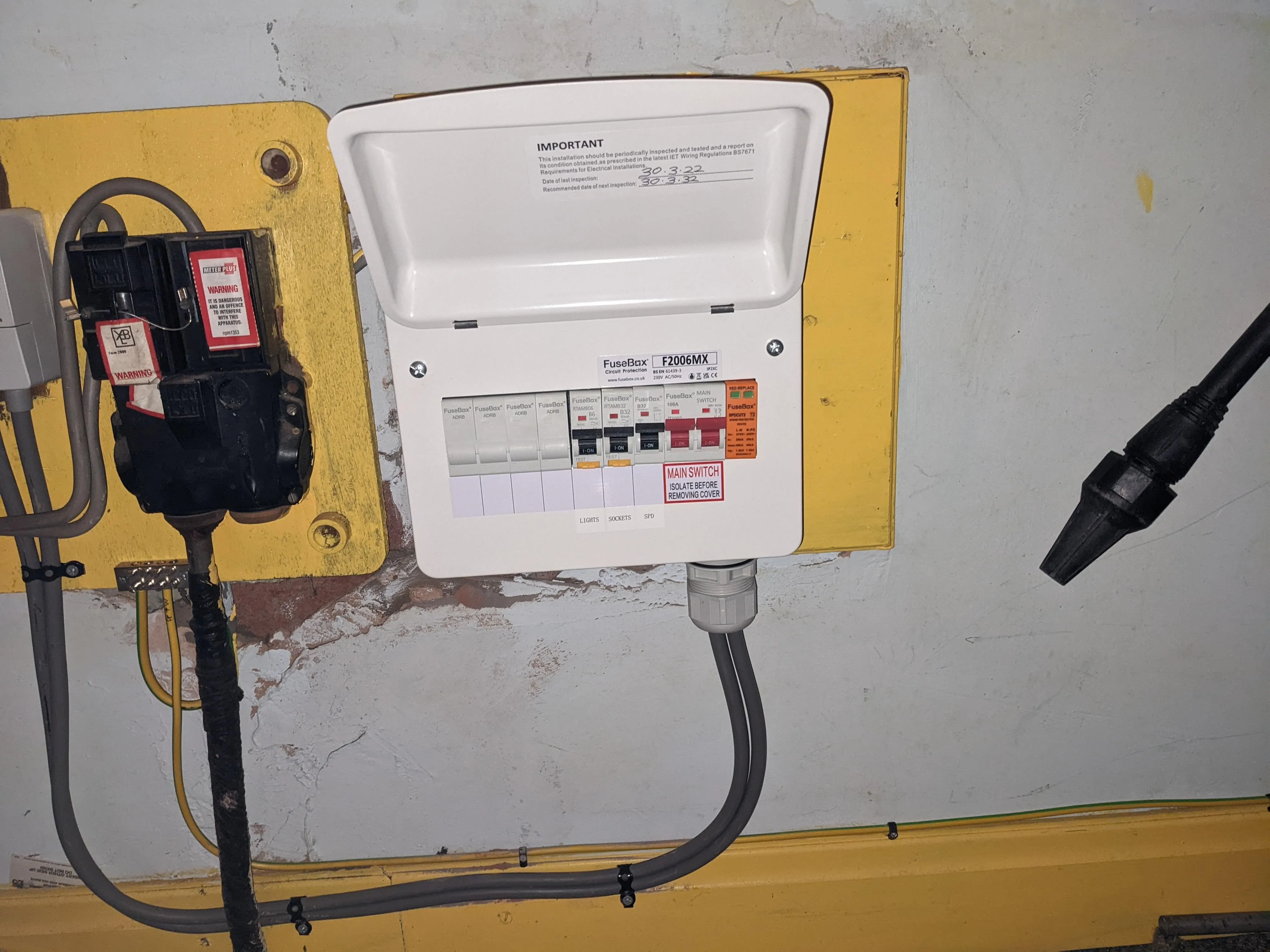Consumer Units
Understanding Fuse Boxes and Consumer Units
Fuse Boxes:
A fuse box is a traditional component in many older homes that serves as the central hub for electrical distribution. Each circuit in your home is protected by a small fuse, which is designed to "blow" when the current exceeds safe levels. This interruption helps prevent overheating and potential electrical fires. However, when a fuse blows, it must be manually replaced—a process that requires attention and care.
Consumer Units:
Modern electrical installations usually feature consumer units, which are essentially an upgraded version of the traditional fuse box. Instead of fuses, consumer units typically use miniature circuit breakers (MCBs) for overcurrent protection. These breakers can be easily reset once the fault is cleared, eliminating the need for a manual replacement. Additionally, many consumer units include residual current devices (RCDs), which provide an extra layer of safety by detecting imbalances in the electrical current and cutting off power to prevent electric shocks.
Key Differences:
Protection & Convenience: While both fuse boxes and consumer units protect your home’s electrical circuits, consumer units offer enhanced safety features (like RCDs) and greater ease of use with resettable breakers.
Modern Standards: Upgrading to a consumer unit can ensure your electrical system meets current safety standards and is ready to handle the demands of modern electrical appliances and technologies.
Understanding these differences can help you make informed decisions about maintaining or upgrading your home’s electrical system. If you're considering an upgrade or need further guidance, our team is here to help you choose the best solution for your needs.

Old Fuse Box

New Consumer Unit - Installed with RCBOs and Surge protection